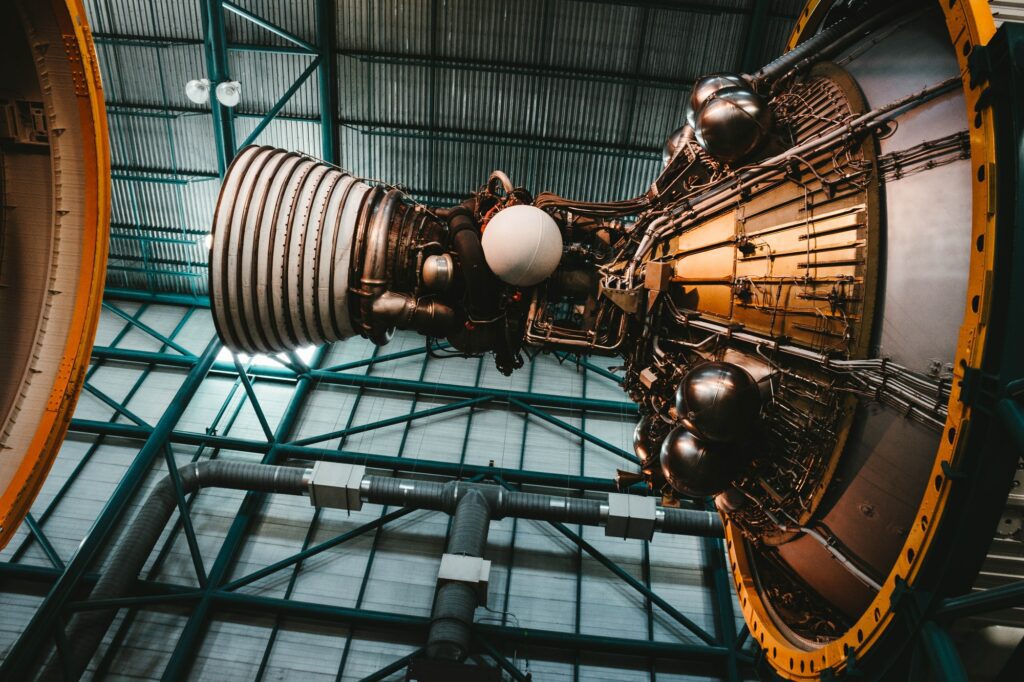![]()
Revolutionary Autophage Engine from the University of Glasgow
Researchers from the University of Glasgow have developed an innovative “autophage” rocket engine, a ground-breaking design that utilises parts of its own structure as fuel. The term ‘autophage’ is derived from Latin, meaning ‘self-eating’, and the engine has several potential advantages over traditional rocket designs.
How Does the Autophage Engine Work?
The autophage engine operates by using waste heat from combustion to sequentially melt its own plastic fuselage as it fires. The molten plastic is then fed into the engine’s combustion chamber, where it acts as additional fuel, burning alongside the regular liquid propellants. This process means that an autophage vehicle could potentially require less propellant in onboard tanks, allowing the saved mass to be utilised for payload instead. Furthermore, the consumption of the fuselage could help mitigate the issue of space debris, a growing concern for future space missions.
Showcasing the Autophage Engine at AIAA SciTech Forum
The team’s design developments are being presented this week at the international AIAA SciTech Forum in Orlando, Florida. In their paper, the team detail the successful test-firing of their Ouroborous-3 autophage engine, which generated 100 newtons of thrust in a series of controlled experiments. The test fires were carried out at the MachLab facility at Machrihanish Airbase.
Successful Test Results and Future Applications
The results from the tests demonstrated that the Ourobourous-3 is capable of stable burn throughout the autophage stage, with the plastic fuselage supplying up to one-fifth of the total propellant used. The team also successfully controlled the rocket’s burn, demonstrating its ability to be throttled, restarted and pulsed in an on/off pattern. These capabilities could aid future autophage rockets in managing their ascent from the launchpad into orbit.
Implications for the UK Space Industry
Professor Patrick Harkness, from the University of Glasgow’s James Watt School of Engineering, who led the development of the Ouroborous-3 autophage engine, stated, “These results are a foundational step on the way to developing a fully-functional autophage rocket engine. Those future rockets could have a wide range of applications which would help advance the UK’s ambitions to develop as a key player in the space industry.”
Funding for the Autophage Engine
The autophage engine was one of 23 space technology projects selected to share in £4m from the UK Space Agency and STFC last year. The Glasgow team received £290,000 to help further testing of the prototype engine. Dr Paul Bate, CEO of the UK Space Agency, praised the University of Glasgow’s impressive work towards an autophage engine as an example of innovation with great potential to meet the growing global demand for advancements in the efficiency and sustainability of rocket propulsion.
Continued Development and Support
The development of the team’s autophage engine will continue with the support of new funding from the UK Space Agency (UKSA) and the Sciences and Technology Facilities Council (STFC), part of UK Research and Innovation (UKRI).
